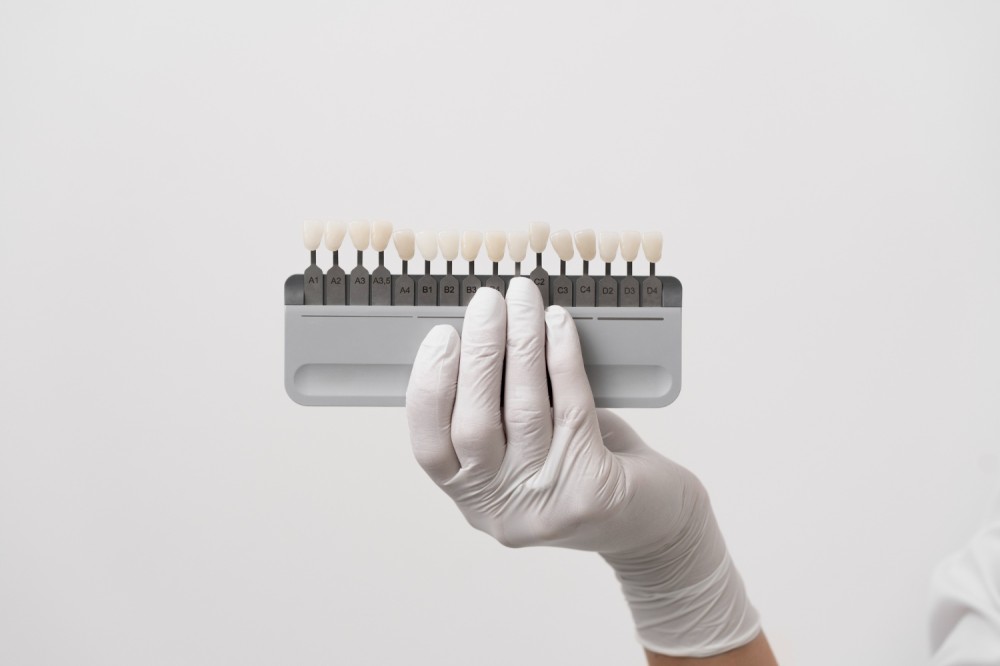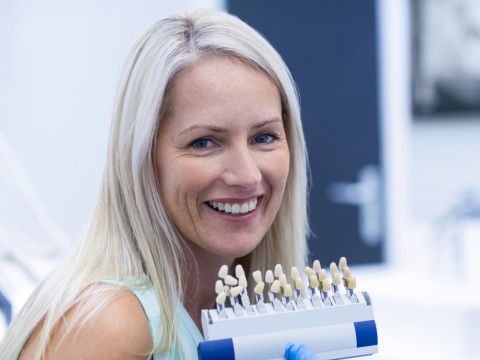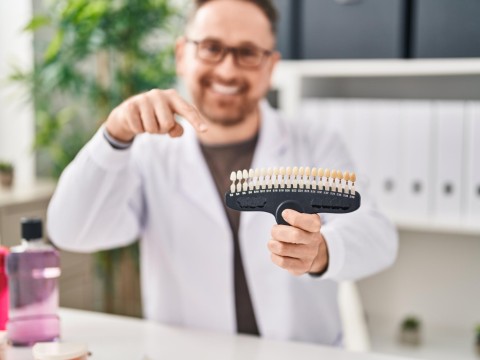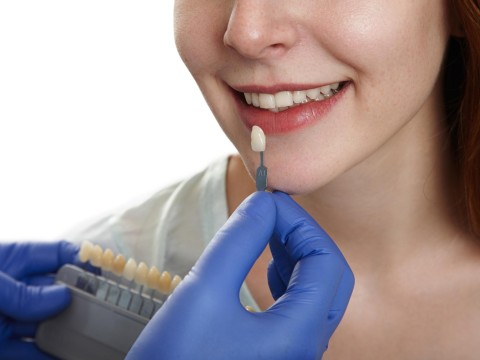Zirconium crowns are known for their durability, natural appearance, and biocompatibility. They resist staining, provide excellent strength, and require minimal tooth reduction, making them a popular choice for both front and back teeth. Their ability to blend with natural teeth enhances aesthetics, making them an ultimate option for many patients.
- All on 4 Implant
- All on 6 Implant
- Amalgam Fillings
- Bone Graft
- Composit Filling
- Composite Bonding
- Dental Cleaning
- Dental Crowns
- Dental Filler
- Dental Implant
- Dental Veneers
- Denture Repair
- Detertraj (tooth stone cleaning)
- E-Max Veneer
- Endodontics
- General Dentistry
- Gingivectomy
- Gum Disease Treatment
- Gum Lift
- Hollywood Smile
- Health Insurance
-
Accommodation
- Online Healthy Life Assistant 9/5
- Post - Experience Follow Up 6 Month
-
Extra Privileges

- Health Insurance
-
Accommodation
- Online Healthy Life Assistant 24/7
- Post - Experience Follow Up 1 Year
- Pre-Treatment Doctor Consultation
-
Extra Privileges

 Private
Private
- Health Insurance
-
Accommodation
- Healthy Life Butler
- Post - Experience Follow Up 2 Year
- World-Famous Doctor Consultation
-
Extra Privileges

* Price varies depending on extra and upgrade selections.
Zirconium dental coating is a process where zirconium material is applied to the surfaces of teeth. Such coatings are also known as crown crowns or simply crowns. They are commonly preferred for restoring decayed teeth. However, they are also widely used for individuals seeking an aesthetic smile and white teeth. They can be applied to both front and back teeth. While providing an aesthetically pleasing appearance when applied to front teeth, they play a significant role in durability when used on back teeth.
A zirconia crown does not contain any metal material, thus does not cause any allergic reactions.
The size of the teeth is slightly reduced, and after the gum is brought to a healthy shape, a measurement is taken using special measurement materials and mouth-appropriate trays. In the laboratory, a zirconium infrastructure is created in the most suitable color for the tooth, and a porcelain superstructure is made on it. It is then adjusted to fit the mouth in the clinical setting. Finally, the tooth is securely and permanently placed using special adhesives.
The cutting of the teeth is performed with local anesthesia application, and then a temporary coating matching the tone of the tooth is applied to prevent sensitivity to hot and cold. In rare cases, mild sensitivity may be felt. After the trials, the process is completed painlessly by permanently bonding the teeth.




